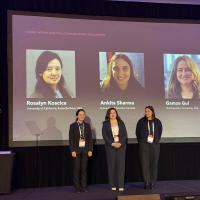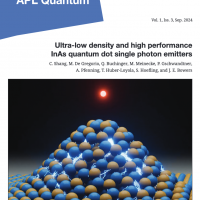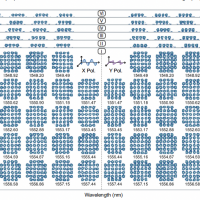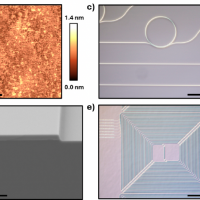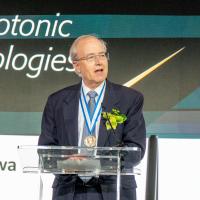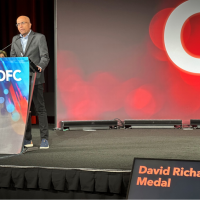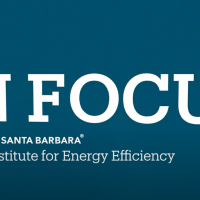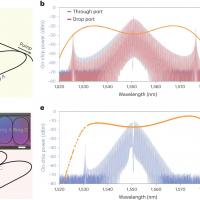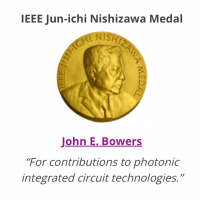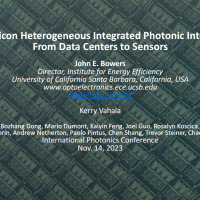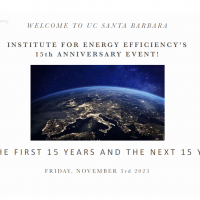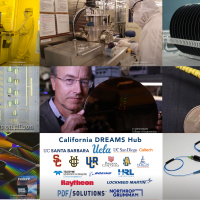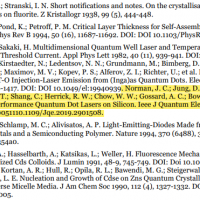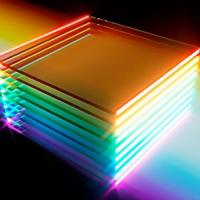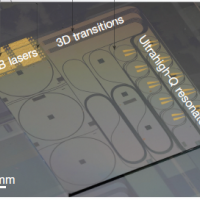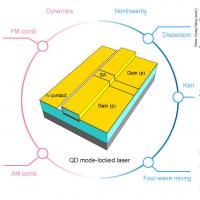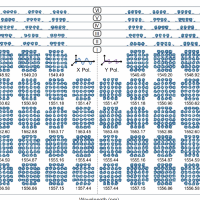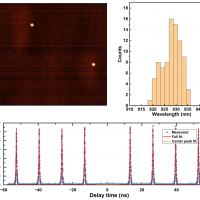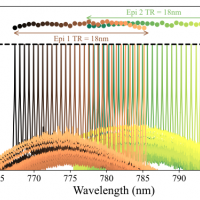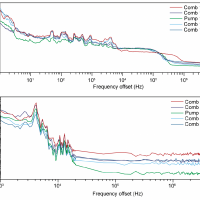UC Santa Barbara has earned strong national and global recognition across multiple 2025–2026 rankings for excellence, value, and research impact. Forbes ranked UCSB No. 12 among U.S. public universities and No. 42 overall, while U.S. News placed…
Home
News
The paper is titled "Quantum Dot Lasers Directly Grown on 300 mm Si Wafers: Planar and In-Pocket" (https://www.mdpi.com/2304-6732/10/5/534)
The paper is attached.
Please check out the attached paper!
Please check out the attached paper!
Please check out the attached paper!
Please check out the video in the link below.
Optica is pleased to announce that Dr. Radhakrishnan Nagarajan, Marvell, USA has been selected as the 2024 recipient of the David Richardson Medal. Nagarajan is honored for the successful…
UC Santa Barbara’s Institute for Energy Efficiency (IEE) is a world leader in developing breakthrough technologies that substantially save energy while advancing the standard of living worldwide. IEE’s award-winning research has been the…
Prof. John Bowers' tutorial on heterogenous integration for data center and sensing applications at 2023 IEEE Photonics Society Conference! Please check out the slides below.
The UC Santa Barbara Nanofabrication Facility (Nanofab) is a state-of-the-art cleanroom with more than $60 million in equipment. The Nanofab combines world-class cleanrooms with its expert staff to enable students, faculty, and members from…
Our review paper was cited in the Nobel Prize in Chemistry 2023 when they briefly discussed epitaxial dots used in semiconductor lasers as light emitters for optical communication in Reference 68!
ECE Prof. John Bowers and his lab researchers have spent several decades advancing photonic integrated circuits (PICs) – and now, with Caltech and Anello photonic colleagues, they have achieved a significant breakthrough. Bowers and the…
Photonic integrated circuits are widely used in applications such as telecommunications and data-centre interconnects. However, in optical systems such as microwave synthesizers, optical gyroscopes and atomic clocks, photonic integrated circuits…
Frequency-modulated (FM) laser combs, which offer a quasi-continuous-wave output and a flat-topped optical spectrum, are emerging as a promising solution for wavelength-division multiplexing applications, precision metrology, and ultrafast…
Integrating quantum dot (QD) gain elements onto Si photonic platforms via direct epitaxial growth is the ultimate solution for realizing on-chip light sources. Tremendous improvements in device performance and reliability have been demonstrated…
Events & Seminars
Characterizing and Controlling the Impact of Dislocations on the Reliability of InAs Quantum Dot Lasers
Dissertation Defense
Eamonn Hughes
WEDNESDAT, November 29th AT 10:00AM
…
We review advances in the timing stabilization of self mode-locked and passively mode-locked
frequency comb semiconductor lasers in the infrared spectral range. Prospects of pulse train timing and
amplitude stability control, intermode beat frequency or pulse repetition rate agility,…
Nanoscale Foundries: Electronics, Photonics, Ionics, Fluidics
Dr. Rajeev Ram
Department of Electrical Engineering & Computer Science, MIT
Modern silicon fabs routinely produce functional electrical components for a few dollars at part counts exceeding
…